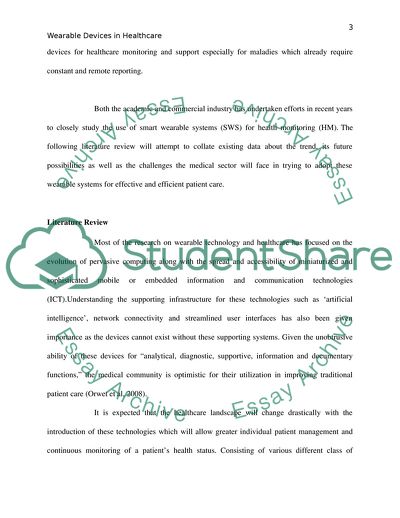Cite this document
(Wearable Devices in Healthcare Literature review Example | Topics and Well Written Essays - 3500 words, n.d.)
Wearable Devices in Healthcare Literature review Example | Topics and Well Written Essays - 3500 words. https://studentshare.org/information-technology/1843993-wearable-devices-the-next-big-thing
Wearable Devices in Healthcare Literature review Example | Topics and Well Written Essays - 3500 words. https://studentshare.org/information-technology/1843993-wearable-devices-the-next-big-thing
(Wearable Devices in Healthcare Literature Review Example | Topics and Well Written Essays - 3500 Words)
Wearable Devices in Healthcare Literature Review Example | Topics and Well Written Essays - 3500 Words. https://studentshare.org/information-technology/1843993-wearable-devices-the-next-big-thing.
Wearable Devices in Healthcare Literature Review Example | Topics and Well Written Essays - 3500 Words. https://studentshare.org/information-technology/1843993-wearable-devices-the-next-big-thing.
“Wearable Devices in Healthcare Literature Review Example | Topics and Well Written Essays - 3500 Words”. https://studentshare.org/information-technology/1843993-wearable-devices-the-next-big-thing.


